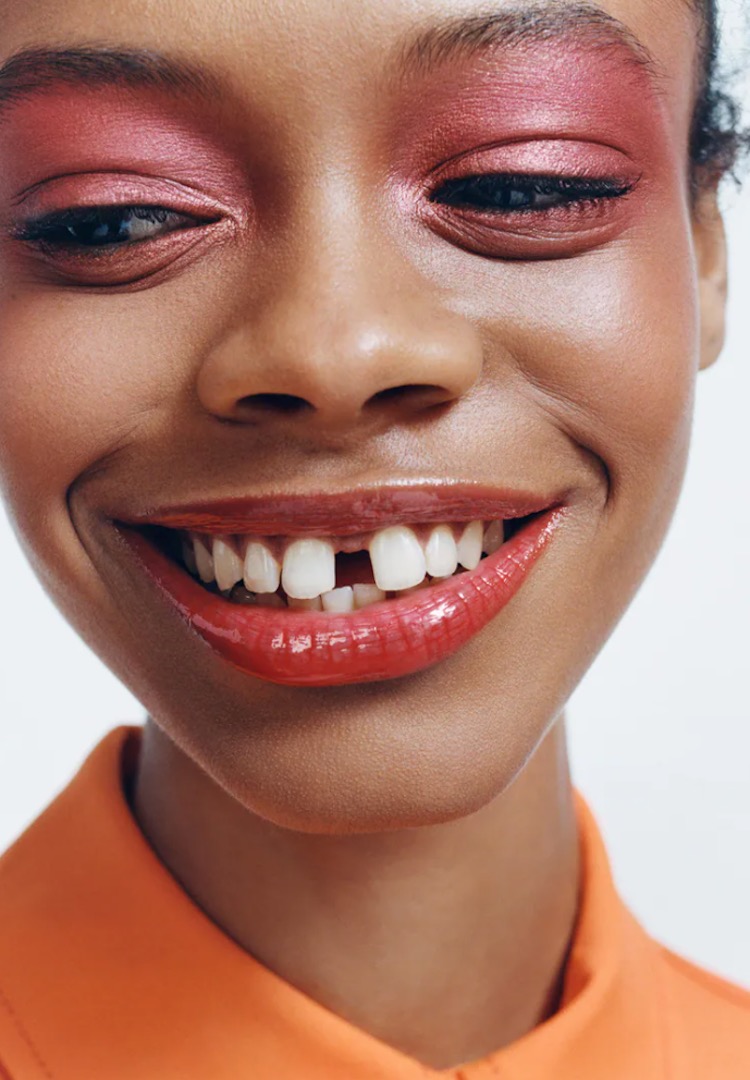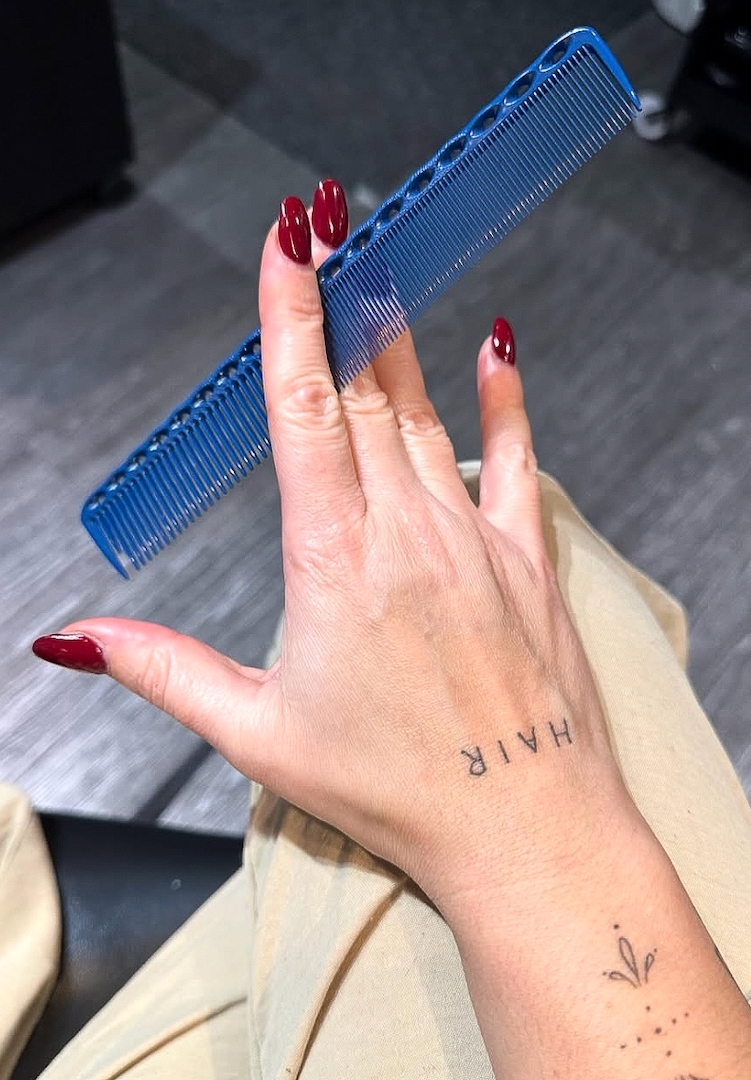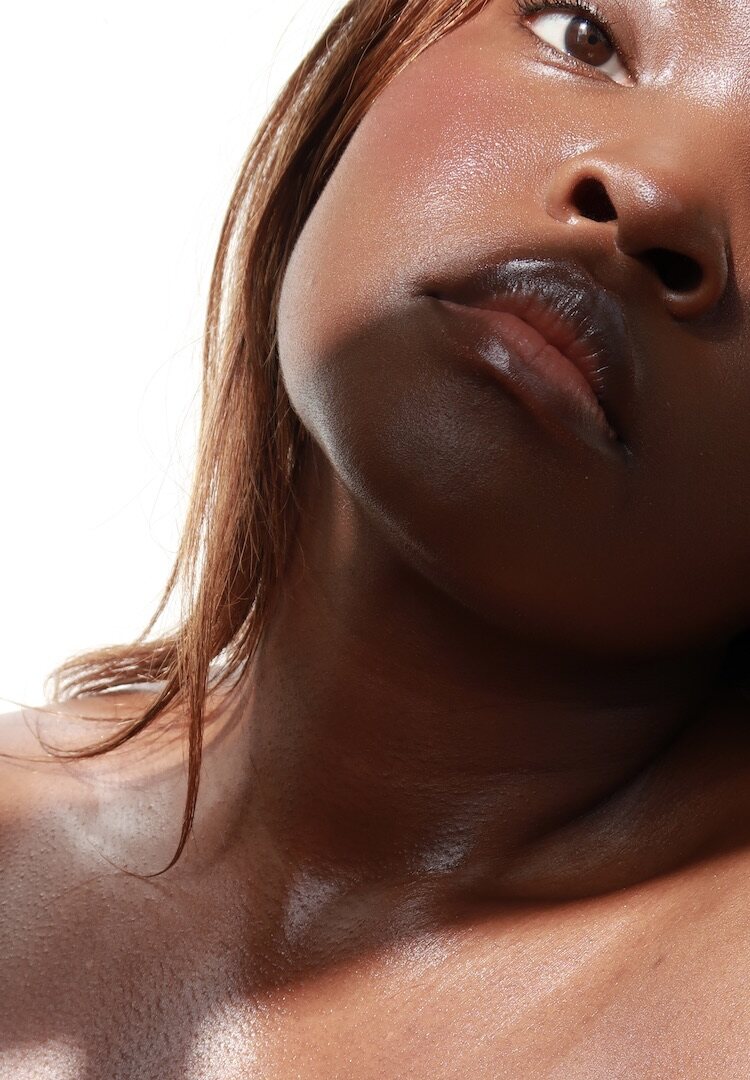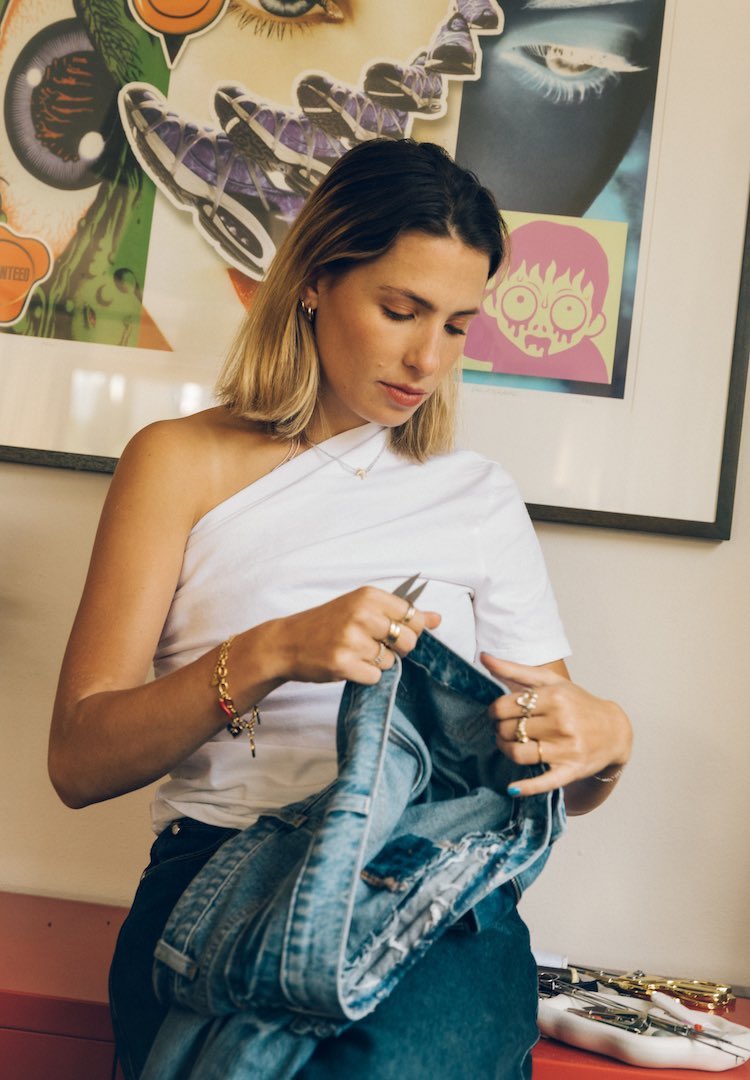We already have fast fashion, do we really need ‘fast’ makeup?
IMAGE VIA ZARA
WORDS BY JASMINE WALLIS
Fashion wants what beauty’s got.
Last month, fast-fashion retailer Zara launched its first foray into the beauty space. The Spanish conglomerate collaborated with British makeup artist Diane Kendal to create a collection of lip, eye, nail and face makeup.
With prices ranging from $12.95 for lipsticks to $35.95 for face palettes, it’s clear that ‘fast’ makeup has well and truly arrived on our shores.
We like nosy people. Don’t be shy, head to our Beauty section for more.
Despite being lauded for featuring refillable packaging, do we really need already environmentally damaging brands to get their hands on our beauty bags as well?
Zara isn’t the first fast-fashion brand to jump on the beauty bandwagon. There are Australian fashion retailers that have been creating both makeup and skincare for years and British brand Boohoo has also begun to offer its customers cheap beauty products.
But in the same way that fast fashion has clawed its way into our psyches and bank balances, fast beauty looks like it’s here to stay, so what does that mean for the industry?
According to market research platform Mordor Intelligence, the Australian beauty and personal care products market is forecasted to reach a huge 8.6 billion AUD by 2025. Growing at a rate of 4.5 per cent per year, it’s clear the beauty industry is showing no signs of slowing down.
Speaking with beauty and lifestyle journalist Kate Lancaster, she tells me that “Unlike the fashion industry, the barriers to entry are proportionately low. This means that brands big and small can participate, causing an overwhelmingly packed market.”
What’s more, due to social media bombarding us with messaging 24/7, we’re buying more beauty products than ever before and fast fashion brands want a slice of that profitable pie.
“Cosmetics are constantly in our face, so naturally we’re buying more to put on our faces, which makes the market boom and attracts big companies like Zara and Boohoo,” Kate explains.
When I ask about the refillable option for the new Zara collection, Kate mentions a tactic that we’ve seen plaguing fast fashion in recent years: greenwashing.
“Sustainability is also a murkier area in beauty, as consumers tend to just look for recyclable packaging or consider ‘clean’ beauty formulas better for the environment, but in reality, it’s often just greenwashing or marketing spin.
“The ease of accessibility and rapid growth of the beauty industry has ultimately created an oversaturated eco-system that remains overwhelmingly unsustainable on all fronts,” she says.
Despite knowing the environmentally unfriendly aspects of ‘fast’ beauty, Kate tells me there isn’t anything unusual about a large corporation creating competition in cosmetics and that all brands should be thinking about their space and purpose within the oversaturated market.
“Cosmetics is overwhelmingly dominated by large corporations, so global giants are nothing new for the space. I would argue that any beauty brand – whether it’s a local start-up, a direct-to-consumer brand or an international conglomerate – should really consider whether the market is lacking before putting products out, but it’s an industry-wide challenge that isn’t specific to fast fashion brands.”
As a skincare scientist and content creator, Hannah English has also been across fast fashion’s bold step into the beauty industry and believes that there is space for it.
“If the quality is there, I think it’s nice to make beauty accessible at these price points. There’s definitely a place for it, and I don’t think the fast-fashion retailer is as much of an indication of poor quality when it comes to beauty.”
In saying that, Hannah also recognises that the fast turnover of beauty products is becoming unsustainable.
“Of course there are great and terrible skincare and makeup products at every price point and at every retailer, but when the cycle moves so fast and prioritises profits over humans and the environment, how can we ever have an idea that is fully fleshed-out?
“How long until the makeup is on sale for $5, and what does that price do to our thoughts on what makeup should cost? Zara’s fast pace [business model] is a direct contrast to the refillable, sustainable angle.”
Some people argue that expensive beauty brands like Charlotte Tilbury and Marc Jacobs exclude large portions of the market from accessing good quality makeup. I ask Hannah if she believes these fast fashion brands are creating a more financially inclusive beauty space.
“Absolutely. But the thing is, which makeup products are actually necessary? I try to approach this one by imagining I have a job interview and forgot my makeup bag, so I have to go and buy the things I need. What’s the bare minimum? For me, that’s concealer and mascara, maybe a low-key lipstick too. And Zara hasn’t done concealer or mascara. So I don’t think it’s about access… not really.”
In the same way that consumers are clocking on to fast fashion, Kate ends our conversation by saying that ultimately, buying into fast makeup is down to us and that we also need to be examining our own shopping behaviour when it comes to makeup and skincare.
“Just as it is with buying clothes, keeping your beauty routine minimal and targeted to your specific needs – rather than getting caught up in the hype around another new concealer or face mask – will play a big part in brands manufacturing less overall, regardless of how much it cost you.”
Want to know more about fast beauty? Try this.













